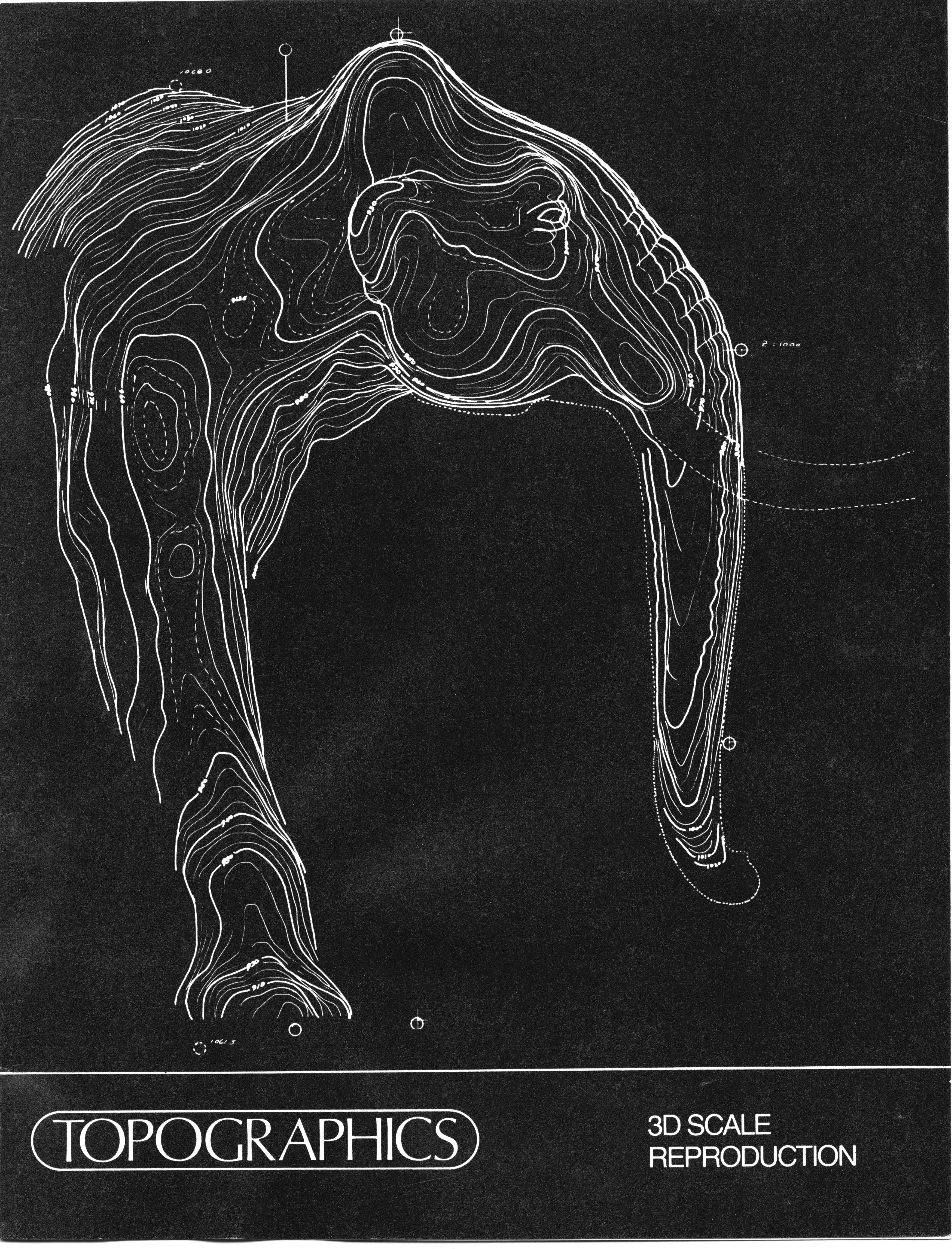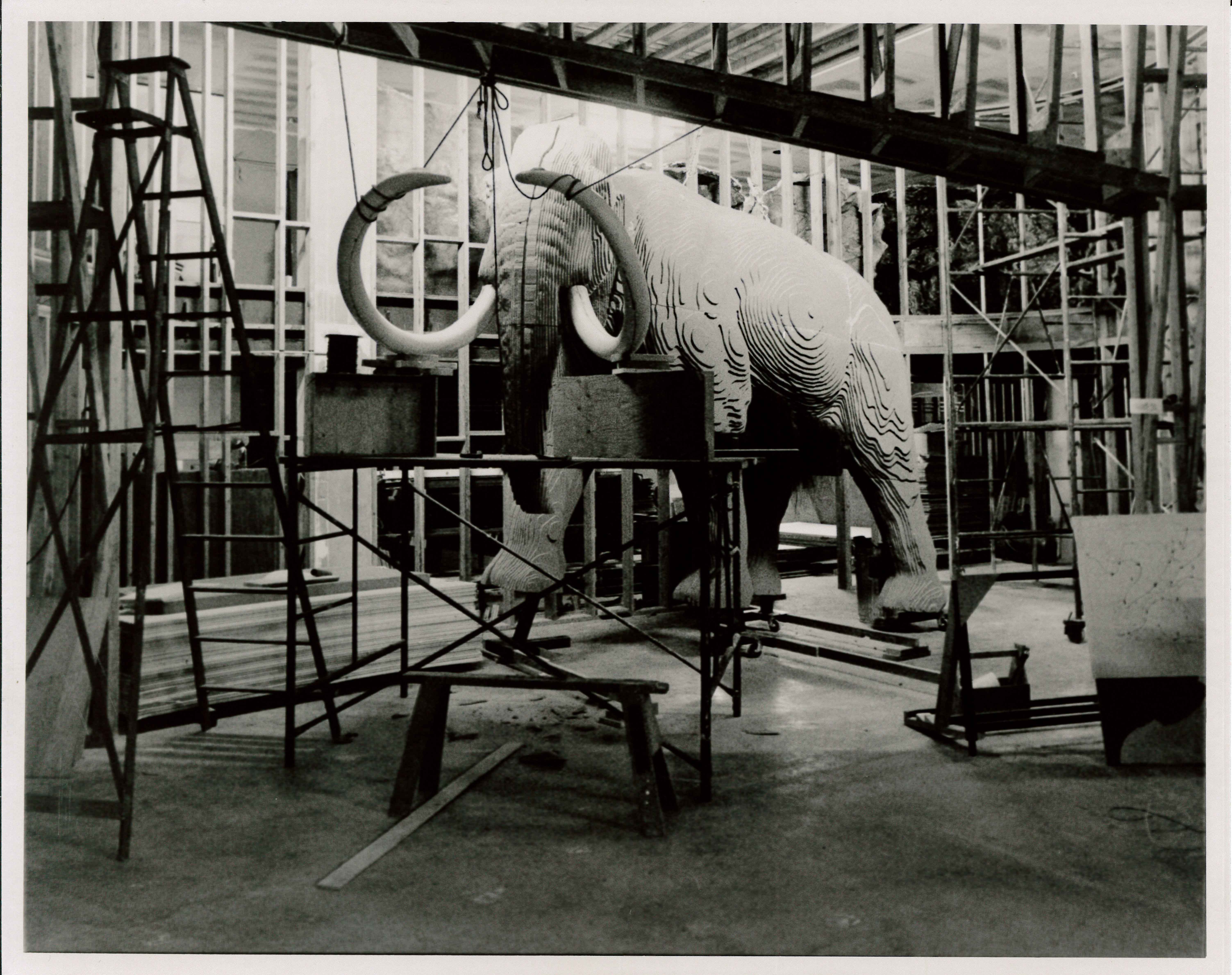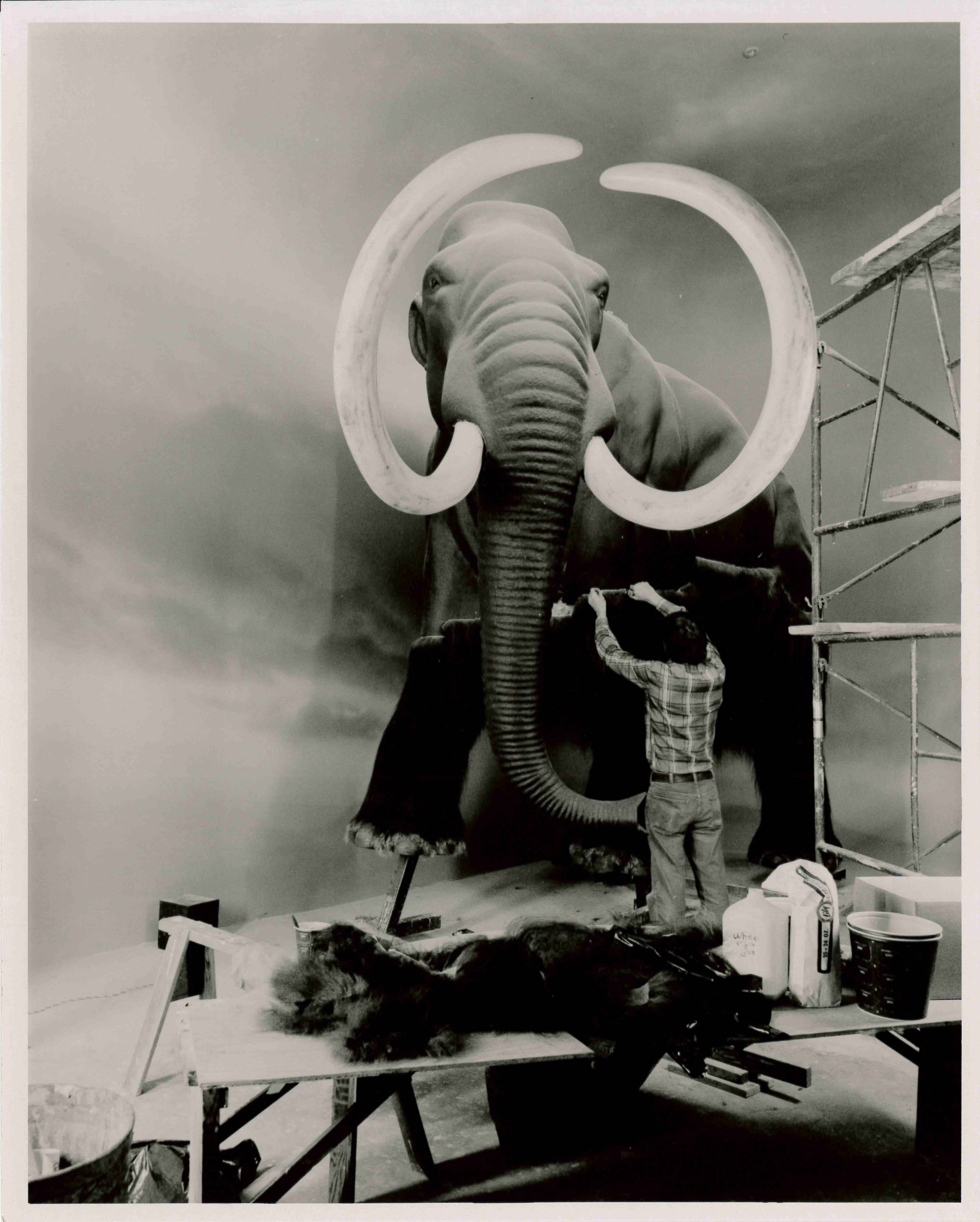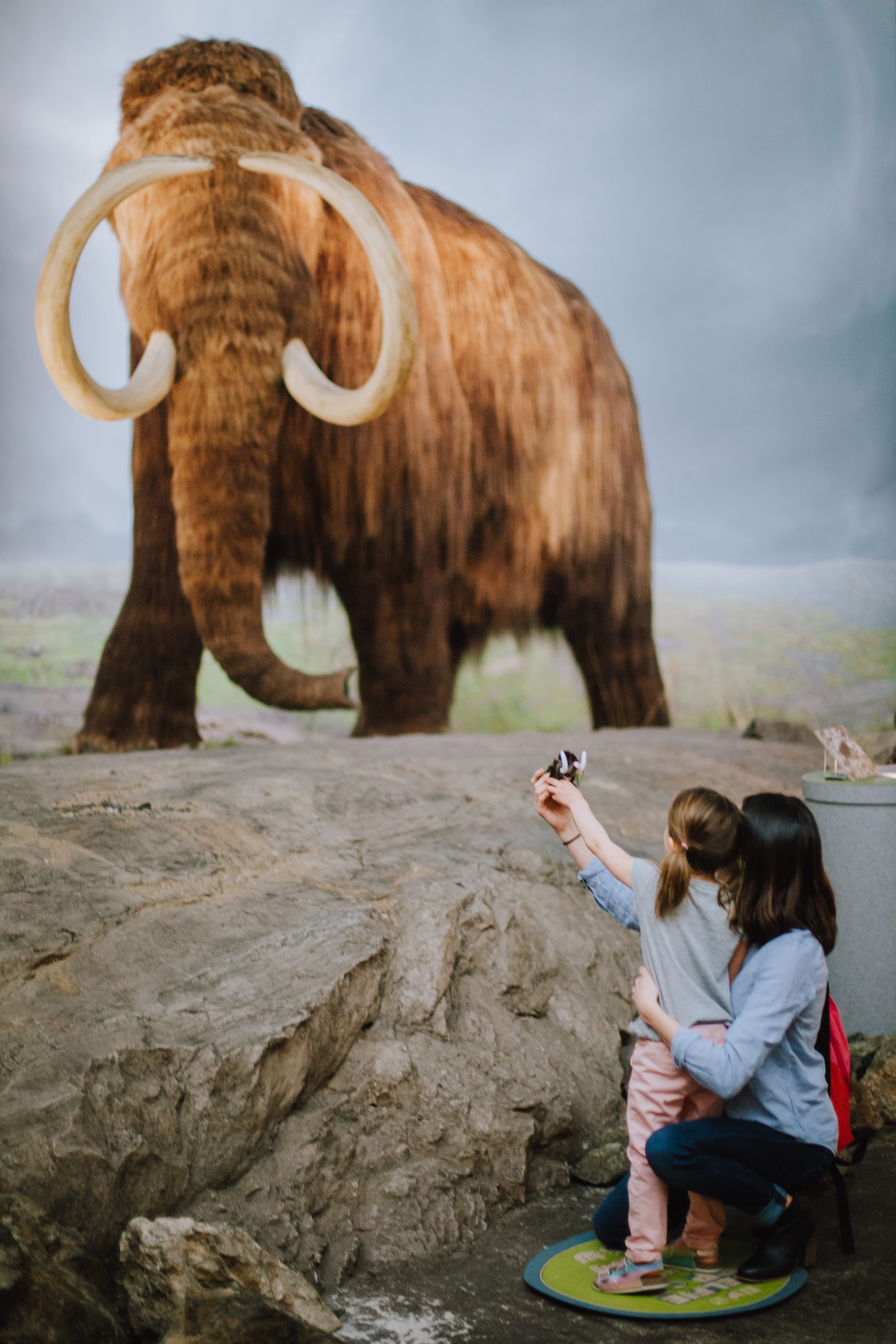
Modernization
Learn more about government’s intention to modernize the museum to protect our historic holdings and provide better access to our collections.

We recently received an interesting question from Kamloops, BC resident Katrina Harding about our iconic mammoth—affectionately known as Woolly—who greets visitors at the entrance of our Natural History gallery:
“It took me a long time before it clicked for me that it obviously isn’t a real mammoth in taxidermy. But that makes me wonder: how WAS it created?”
We’re so glad you asked!
 Back in the mid-‘70s, the Royal BC Museum’s exhibition team was tasked with building a “significant and dramatic” introduction to the new gallery—Living Land, Living Sea—which begins with the ice age when mammoths still roamed the earth.
Back in the mid-‘70s, the Royal BC Museum’s exhibition team was tasked with building a “significant and dramatic” introduction to the new gallery—Living Land, Living Sea—which begins with the ice age when mammoths still roamed the earth.
The exhibition technicians definitely faced new challenges as they approached the construction of a full-scale adult bull mammoth, which stands roughly 3.2 metres tall at the shoulder.
First they needed to find a complete skeleton to take measurements. (Although mammoth bones had been found in BC, there were no complete skeletons.) Then they had to figure out how to construct the complex musculature of the body. And finally they had to determine an appropriate “hide” to cover the model.
Our Woolly is based on a skeleton first discovered in an Illinois peat bog in 1931 and later moved to the Nebraska State Museum in Lincoln, Nebraska.
In June, 1978, a Royal BC Museum taxidermist and curator travelled there for research. From their resulting measurements, the Vertebrate Zoology Division produced a 1/6-scale model. Originally, the fabricators had planned to construct Woolly’s “undercarriage” by covering a steel form with wire mesh and a layer of papier mache and plaster.

But there was a late-in-the-game change and they opted instead for a new method which involved projecting stereoscopic photos of a smaller working model onto paper and then enlarging them six times. The result was a contour map of the full-size mammoth. The fabricators then cut Styrofoam blocks along the contour lines with a high-speed drill to shape the sections of the mammoth’s body. Those sections were glued together, supported with a framework of wood and metal, and delivered to the museum.
By January, 1979, Woolly was in place, and ready to be “dressed”.
 The resident paleontologist in Nebraska had helped the Royal BC Museum taxidermists to settle on muskox hair as an appropriate facsimile for mammoth hair. The Arctic community of Grise Fiord on south Ellesmere Island supplied the nine Arctic muskox skins that form Woolly’s lush topcoat—the taxidermists had to cut the hide into thin strips to reduce the bulk.
The resident paleontologist in Nebraska had helped the Royal BC Museum taxidermists to settle on muskox hair as an appropriate facsimile for mammoth hair. The Arctic community of Grise Fiord on south Ellesmere Island supplied the nine Arctic muskox skins that form Woolly’s lush topcoat—the taxidermists had to cut the hide into thin strips to reduce the bulk.
The tusks are fiberglass replicas from casts made of a pair borrowed from the Centennial Museum in Vancouver (now the Vancouver Museum).
The first phase of the permanent Natural History gallery officially opened in December, 1979 and 40 years later, approximately 10 million visitors of all ages have now met our Woolly ambassador!
To learn more about Mammoths and the construction of Woolly, check out the Mammoth Proportions pathway on the Royal BC Museum’s Learning Portal.
Note: If you’d like to know more about the history of Woolly and the Royal BC Museum, check out The Collectors: A History of the Royal BC Museum and Archives, by Patricia E. Roy
